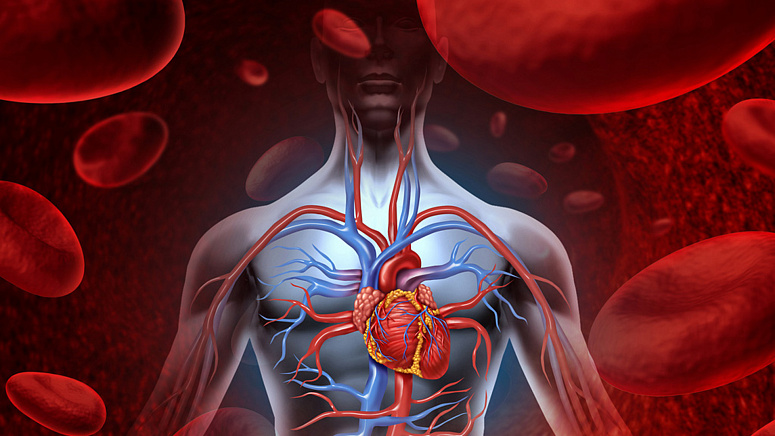According to the theory of seven body tissues (dhatu), the second one is described as rakta-dhatu that represents the formed elements of the blood. There exists an opinion that rakta is the life of a human being, so huge is its importance.
Rakta-dhatu particular qualities
The formation of human tissue is carried out in stages and begins with rasa dhatu, which gives beginning to the rakta – blood.
However, in spite of the importance of this dhatu, the two main Ayurvedic Schools viewed it differently. The famous physician and the founder of surgery Sushruta attached great importance to the blood (rakta): in his tractate he highlighted it as a separate dosha. You can find such information in “Sushruta-samhita” that a human has four doshas: rakta, vata, pitta, kapha. But Charaka was sure, that the “three doshas” concept is correct, and there is no need to change it. All in all,“the three doshas”concept is fundamental, and is found in many sources of the past and present.
It is worth noting that the Greek physician Hippocrates had studied Ayurveda, particularly Sushruta's tractate. It has a connection with the fact that Hippocrates, while describing different temperaments, named one of them “sanguis”, which is translated as “blood”. Nowadays this type of personality is called sanguine.
If we draw an analogy with modern clinical medicine, then rakta is formed elements of blood. In a human organism, blood is formed and distributed throughout the body over a period of ten days. From the Ayurveda point of view, the place of blood localization is bone marrow and heart. Rakta also has derivatives (upadhatu): shira (blood vessels) and kardrara (tendons and ligaments). The waste product of rakta is bile, located in the gall bladder.
Similar to rasa-dhatu, rakta exists in liquid form, so its main function is ensuring the vitality (jivana) of the organism. Life is impossible without blood, it fills up every cell of our body with prana – energy of life; and in the material plane, it transfers oxygen and helps with breathing. Another one of rakta’s functions is skin pigmentation. Additionally, this dhatu gives beginning to the next tissue – muscle (mamsa-dhatu).
Rakta-dhatu disbalance
If there is nothing wrong with this tissue, a person will have clear skin with a healthy colour and shiny eyes. Probably, you have noticed, that such a person, as a rule, is enthusiastic, cheerful and happy. Exactly these emotional conditions are connected with rakta. Such type of people has “weight”in society, and they successfully establish social connections. But if a person is irritable and angry, it is quite possible, that he or she has problems with the blood system.
If there is a lot of rakta in the organism, it can cause periodontitis, herpes; one can have problems with the spleen. And the lack of it, can lead to dystonia and dry skin. It is believed, that rasa and rakta, during their interaction, protect the mucous membrane from external injuries. Often Ayurveda specialists will tell you that excessive need in sour taste speaks of rakta problems.
Only a competent specialist can establish blood system problems or, on the opposite, confirm that you are healthy. If possible, do not engage in self-healing, especially when it comes to treating issues connected with the blood system. There were such cases, when due to panic and questionable sources of information, people used blood-thinning medications to “avoid the modern bad disease”. Such a method did not only not protect them but, on the contrary, further complicated the treatment, because the blood in its new condition couldn't absorb medications, including the necessary antibiotics. Be reasonable and take care!
